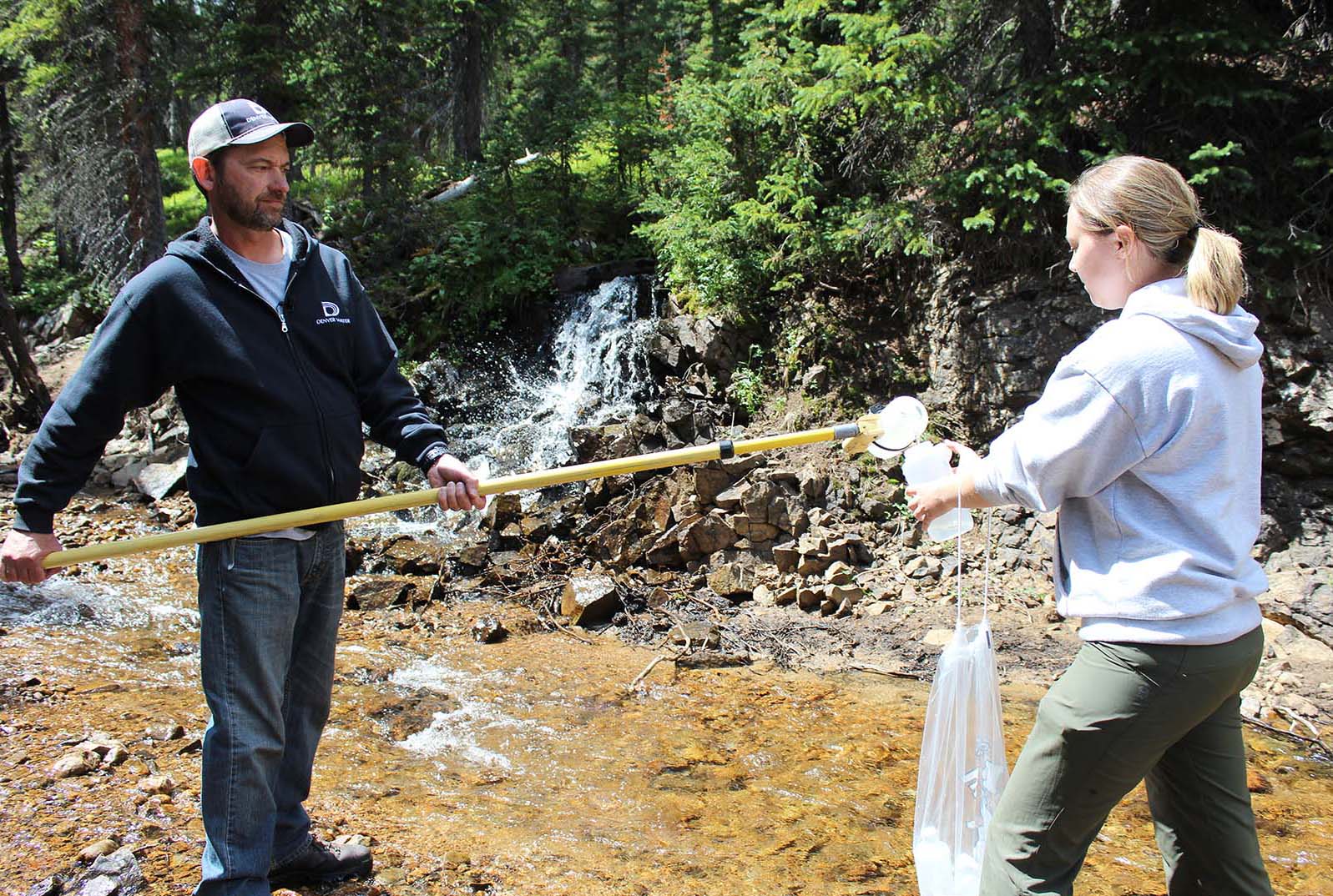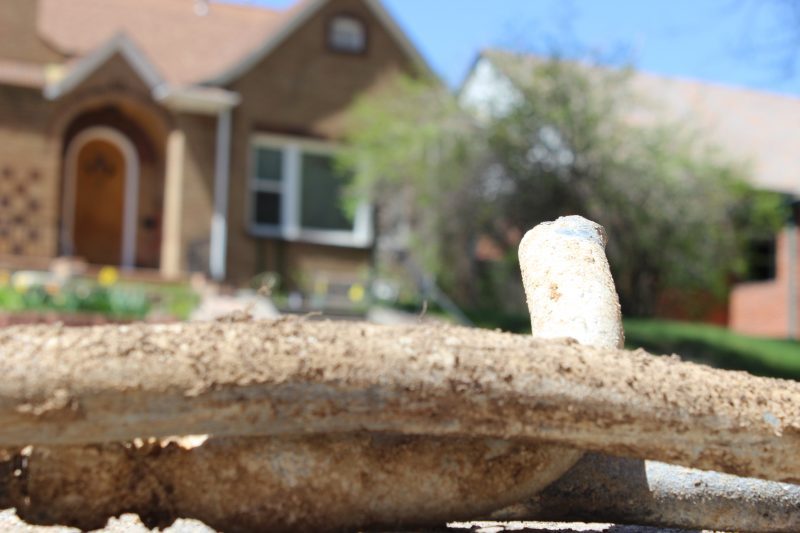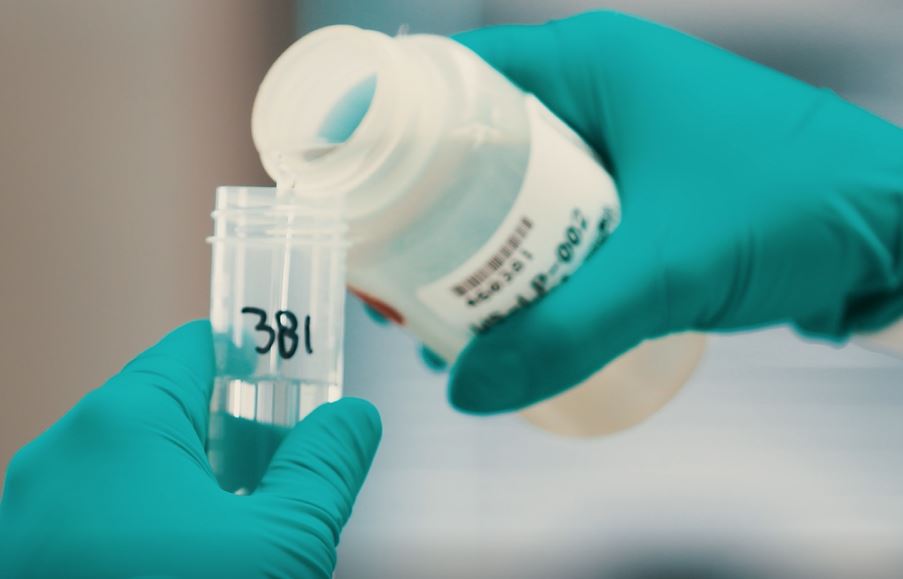
Is Denver’s water safe to drink?
We’re pretty lucky in Denver.
We have great, mostly sunny weather. There’s a fantastic mountain playground just a short drive away. And we have a nearly pristine source of water, as well as clean, safe drinking water.
It’s all too easy to take it for granted.
That is, until something catches your attention, such as a column in the March edition of National Geographic magazine written by Rhea Suh, the president of the Natural Resources Defense Council, an environmental action organization.
Suh wrote that “roughly a quarter of Americans drink from water systems that violate the Safe Drinking Water Act.”
Then, suddenly, the safety of one’s water can become a cause for concern.
Some major cities in the United States receive water where the quality is heavily impacted by agriculture, industry and pollution. Denver’s water is sourced from 100 percent surface water that comes from rivers, streams and reservoirs fed by high-quality mountain snow.
“The water used for Denver’s drinking water comes straight from the original source — snowmelt,“ said Selene Hernandez-Ruiz, Denver Water’s water quality lab manager. “The water that comes from our watersheds into the treatment plant is relatively clean.”
Even so, the water needs to be treated to meet federal requirements set by the Environmental Protection Agency, as well as requirements set by the Colorado Department of Public Health and Environment. Denver Water’s treatment processes not only meet those required levels, but the quality we produce surpasses the minimum standards.
But just what does Denver Water test for in its source water? The annual Water Quality Report details the substances that federal regulations require the utility to monitor.
Suh’s article in National Geographic magazine was titled “We can’t assume our water is safe to drink. But we can fix it.” It references a range of potential drinking water contaminants, including cryptosporidium, giardia, lead and per- and polyfluoroalkyl substances.
Denver Water has procedures in place to monitor its system for each of these impurities. The utility is required to test for 90 separate substances and takes more than 35,000 samples and performs nearly 70,000 tests every year throughout its system, from the mountain streams to city taps.
Cryptosporidium and giardia
Cryptosporidium (often referred to as “crypto”) and giardia are microscopic organisms that find their way into Denver’s watershed through the waste of infected animals. Denver Water has tested for cryptosporidium and giardia in its cleaned water since the 1980s. We have detected these organisms in our watershed, which is not a surprise because wildlife do not use designated bathrooms. These two organisms have not been detected in our drinking water, as our treatment process is designed to effectively remove them.
Lead
Lead is a metal that has been used in paint, toys, gasoline and even household water pipes and faucet fixtures. The water Denver Water sources, collects, cleans and distributes to our customers does not contain lead. However, drinking water can come into contact with lead via customers’ lead pipes, copper pipes with lead solder or even older faucets with lead parts.
Homes that were built before 1951 are more likely to have lead service lines. Denver Water customers worried their home may have lead service lines, can request a free lead test kit (yes, free!).
You can also follow these tips to maintaining water quality inside your home:
- PSA: Don’t drink or cook with hot water from the tap.
- Increasing confidence in Denver’s water quality.
- Reduce your risk.
- Sources of lead in your drinking water.
Per- and polyfluoroalkyl substances
According to the EPA, per- and polyfluoroalkyl substances, also called PFAS, are a group of chemicals used to make carpets, clothing, furniture and cookware resistant to water, grease and stains. These substances are also used to fight fires at airfields and included in some industrial processes.
Consumer products and food are the largest source of human exposure to this group of chemicals. But in a small percentage of communities where localized industrial and manufacturing activities occur, these chemicals can contaminate groundwater and well water.
Denver Water’s source water is surface water that does not come into contact with known PFAS activities. Still, Hernandez-Ruiz said Denver Water is proactive in making sure our water quality is optimal and stays on top of the latest research.
The EPA is responsible for setting what are called “maximum contaminant levels” for specific substances. Public water utilities, such as Denver Water, are required to monitor for these specific regulated substances.
Currently, the EPA has not designated maximum contaminant levels for the PFAS group of substances, meaning public water providers are not required to monitor for them.
But under the Safe Drinking Water Act, the EPA can direct utilities to test for substances that are on a watch list called the Contaminant Candidate List. The results of those tests are used by the EPA when it decides whether to move a substance from the watch list to the required monitoring list.
As part of its testing program, Denver Water in 2018 tested for and didn’t detect any PFAS in the water provided to customers.
"Every year we perform tens of thousands of tests to ensure the water quality we deliver today and into the future is the best,” Hernandez-Ruiz said.
"So, you can rest assured that the water you receive from Denver Water is the highest quality possible.”



